Understanding Histamine Intolerance: Causes, Symptoms, and Dietary Strategies
Histamine intolerance has many symptoms that might overlap or be linked with common conditions like irritable bowel syndrome (IBS), gluten sensitivity, and gastroesophageal reflux disease (GERD). Histamine intolerance occurs when too much histamine is present in the body, and the body has difficulty clearing it out. This might result in someone experiencing discomfort and recognizing symptoms such as:
- Bloating
- Flatulence
- Early Satiety/Fullness
- Abdominal pain
- Constipation
- Diarrhea
- Nausea
Other symptoms of histamine intolerance may include a runny nose, shortness of breath, headache, dizziness, increased heart rate, eczema, flushing, and swelling.
Essentially, histamine intolerance can vary from person to person, and the severity level can also vary depending on someone's ability to clear histamine from the body. You may lack the enzyme needed to break down histamine called diamine oxidase (DAO).
How is histamine created, and what is its purpose?
Histamine is created from histidine (an amino acid from food). Histidine is used to create proteins within our body, whether repairing damaged tissues, making new blood cells, or protecting cells. Histamine also has functions within our body to help control the secretion of gastric acid, inflammation, regulation of vasodilation (dilation of blood vessels), bronchoconstriction/dilation (flow of oxygen out of lungs), and much more. It also acts as a neurotransmitter.
Besides histamine intolerance, there are different ways that histamines can cause reactions within the body.
- Allergy-related histamine- the body reacts to histamine as a foreign body
- Histamine intoxication- occurs when histamine concentration is acutely high. This can occur when eating spoilt food (for example, leftover food, spoilt fish, aged cheeses)
Most people with histamine intolerance will note experiencing GI-related symptoms first, which are common among many different GI disorders.
All non-specific symptom complaints need to be assessed to diagnose a histamine intolerance because overlap could occur, and most symptoms are general. These symptoms often can result in something else, such as a gluten intolerance, fructose or lactose intolerance, or even an H. Pylori infection, so it’s important to rule out other causes.
There is even research that suggests various microbial patterns within the gut microbiome in people suffering from histamine intolerance, and certain bacteria are histamine-producing, which could be a problem for people with histamine intolerance. Histamine-producing bacteria include Lactobacillus hilgardii, Lactobacillus buchneri, Lactobacillus curvatus, Oenococcus oeni, and Enterobacteriaceae species. There are associations between histamine intolerance and gut permeability (leaky gut) and reduced microbiome variability.
Histamines are present in a large majority of foods that we eat. If you are diagnosed with a true histamine intolerance, many dietary strategies for managing symptoms exist. Keep in mind you won’t be able to eliminate histamines from your diet completely, but you can lower your exposure to these foods, which in turn helps to reduce symptoms of histamine intolerance.
Here are some general nutrition guidelines for histamine intolerance:
1. Choose Low-Histamine Foods: These foods may include vegetables such as sweet potato, asparagus, squash, beets, cucumbers, and broccoli; fruits such as mango, peaches, apples, blueberries, apricots; proteins including freshly cooked meat, chicken, fish, and egg yolks; and fats/oils from animal fats such as butter.
2. Avoid High-Histamine Foods: Although not all-inclusive, foods that are known to be high in histamine include fermented foods and beverages such as sauerkraut, soy sauce, kefir, sourdough bread, kombucha; aged cheeses, processed meats and smoked fish, alcoholic beverages, chocolate, legumes (peanuts, soybeans), and certain vegetables (spinach, tomatoes, eggplant), and certain fruits ( strawberries, avocado).
3. Watch Your Leftovers: Histamine levels in leftovers and aged foods tend to increase. It is best to consume food when it is most fresh, or you can try freezing leftovers, as this may help reduce histamine formation.
4. Supplement Support: You may also benefit from supplements like digestive enzymes, vitamin C, or quercetin. These act like natural histamine antagonists and help to reduce intolerance. Spore-forming probiotic formulas may also be helpful in restoring healthy gut flora. Speak with your medical provider to learn more about these options.
5. Other Helpful Tips: Food preparation methods matter. Grilling and frying can increase histamine production in foods, so opt for alternative cooking methods such as steaming, poaching, baking, boiling, slow or pressure cooking, or microwaving.
Given the vast amount of histamine-containing foods, it may take some time to identify which foods trigger your symptoms (not all food triggers are the same for everyone). Working with a registered dietitian can help you with personalized dietary guidance when navigating this diagnosis.
- Sánchez-Pérez, S., Comas-Basté, O., Veciana-Nogués, M. T., Latorre-Moratalla, M. L., & Vidal-Carou, M. C. (2021). Low-Histamine diets: Is the exclusion of foods justified by their histamine content? Nutrients, 13(5), 1395.
- Sánchez-Pérez, S., Comas-Basté, O., Duelo, A., Veciana-Nogués, M. T., Berlanga, M., Latorre-Moratalla, M. L., & Vidal-Carou, M. C. (2022). Intestinal Dysbiosis in Patients with Histamine Intolerance. Nutrients, 14(9), 1774.
- Schink, M., Konturek, P. C., Tietz, E., Dieterich, W., Pinzer, T. C., Wirtz, S., Neurath, M. F., & Zopf, Y. (2018). Microbial patterns in patients with histamine intolerance. Journal of physiology and pharmacology : an official journal of the Polish Physiological Society, 69(4), 10.26402/jpp.2018.4.09.
- Schnedl, W. J., & Enko, D. (2021). Histamine Intolerance Originates in the Gut. Nutrients, 13(4), 1262.
- Tan, Z., Ou, Y., Cai, W., Zheng, Y., Li, H., Mao, Y., Zhou, S., & Tu, J. (2022). Advances in the Clinical Application of Histamine and Diamine Oxidase (DAO) activity: a review. Catalysts, 13(1), 48.
- Thangam, E. B., Jemima, E. A., Singh, H., Baig, M. S., Khan, M., Mathias, C. B., Church, M. K., & Saluja, R. (2018). The role of histamine and histamine receptors in Mast Cell-Mediated Allergy and inflammation: the hunt for new therapeutic targets. Frontiers in Immunology, 9.



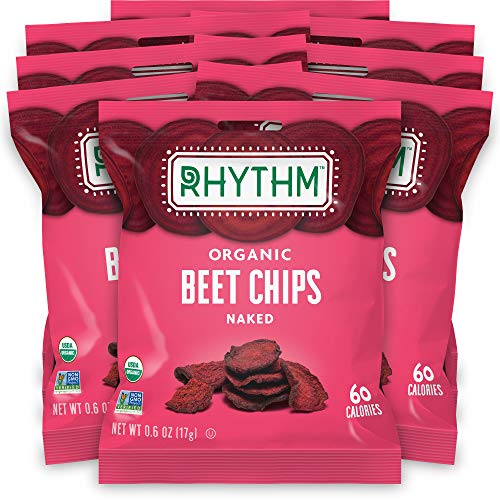
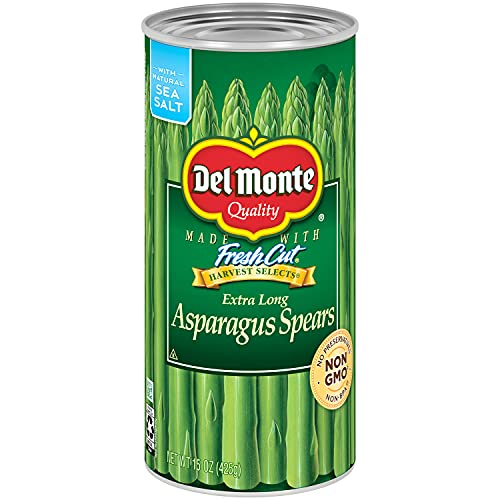
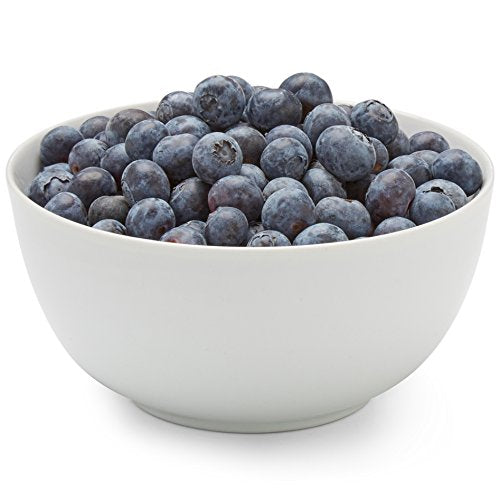



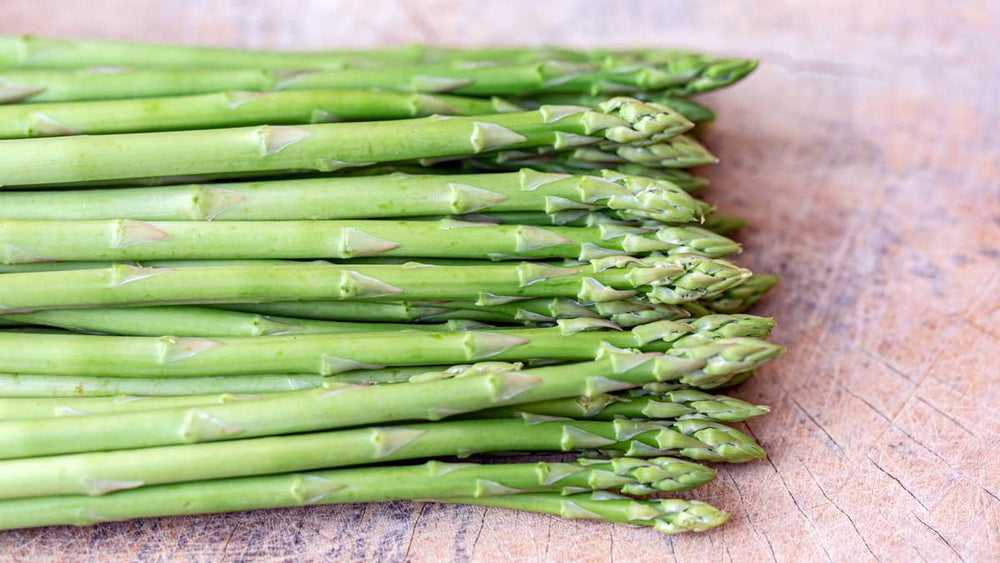







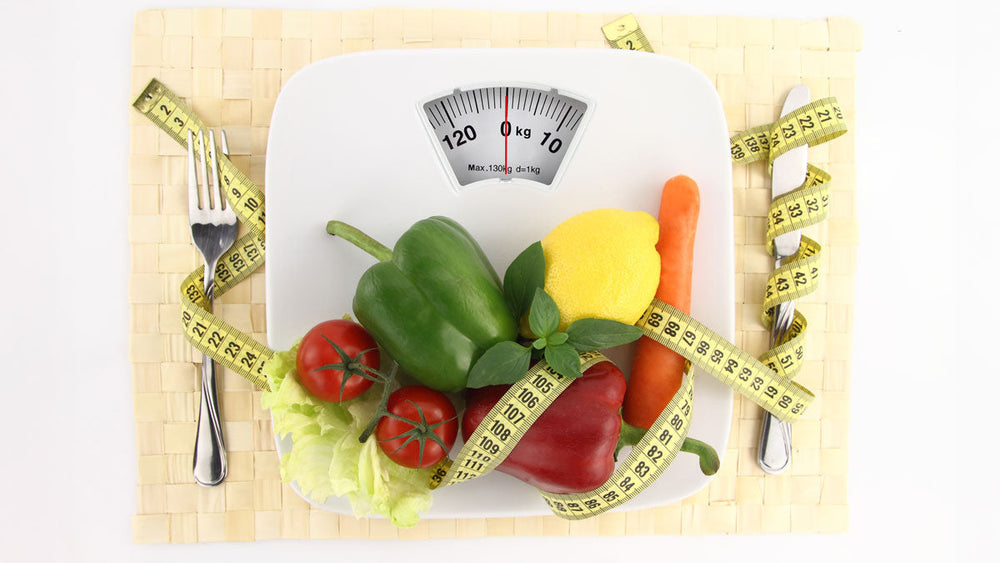



Comments
Join The Conversation...